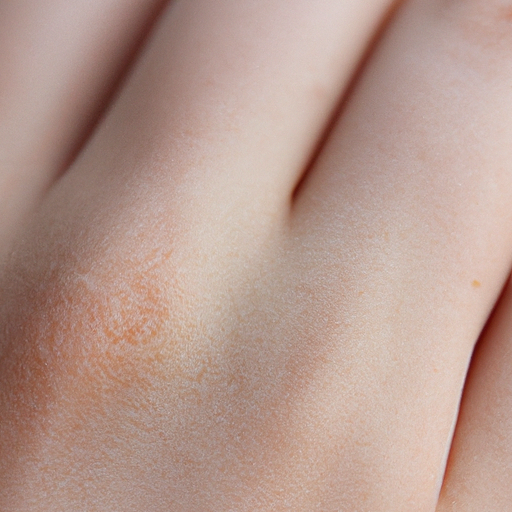Buccal fat removal, also known as cheek reduction surgery, is a cosmetic procedure that has gained significant popularity in recent years. This procedure aims to sculpt and contour the face by removing excess fat from the cheeks, resulting in a more defined and aesthetically pleasing facial structure. As an expert in the field of cosmetic surgery, I am here to provide an inside look at this intriguing procedure.
The buccal fat pad is a naturally occurring pocket of fat located in the middle of the cheeks. Its size varies among individuals and can significantly impact the overall appearance of the face. In some cases, a large buccal fat pad can create a “chubby” or “baby-faced” appearance, even if the individual is not overweight. This is where buccal fat removal comes into play.
Buccal fat removal is a relatively straightforward outpatient procedure that typically takes about an hour to complete. The surgeon makes small incisions inside the mouth, on the inner side of each cheek, ensuring no visible scarring post-surgery. Through these incisions, the buccal fat pads are identified, gently extracted, and the incisions are then sutured closed.
The results of this procedure are not immediately apparent. Post-operative swelling can take several weeks to subside, and it can take up to three months for the final results to fully manifest. However, once the swelling has subsided, patients can expect a slimmer, more contoured facial appearance.
While buccal fat removal can provide excellent results for those seeking a more defined facial structure, it’s crucial to understand that this procedure is not suitable for everyone. Ideal candidates for buccal fat removal are those who have a fuller face due to large buccal fat pads rather than excess skin or muscle. Furthermore, as we age, loss of volume in the face is natural. Therefore, removing too much buccal fat can potentially lead to a gaunt or aged appearance later in life. A skilled and experienced surgeon will be able to assess your facial anatomy and determine whether you are a good candidate for this procedure.
Like any surgical procedure, buccal fat removal carries potential risks and complications. These may include infection, bleeding, numbness due to nerve damage, and asymmetry. However, these risks are relatively low, especially when the procedure is performed by a board-certified surgeon.
The cost of buccal fat removal varies depending on geographical location, the surgeon’s expertise, and whether other procedures are performed simultaneously. It’s important to note that since buccal fat removal is considered a cosmetic procedure, it is not typically covered by insurance.
In conclusion, buccal fat removal is an effective procedure for individuals seeking to sculpt their face and achieve a more defined appearance. However, it’s crucial to have realistic expectations and understand that this procedure is not a one-size-fits-all solution. A thorough consultation with a qualified cosmetic surgeon is essential to determine whether buccal fat removal is the right choice for you. This will ensure that you are fully informed about the procedure, its risks, benefits, and the expected outcome. With the right approach and expert care, buccal fat removal can be a transformative procedure that enhances your natural beauty and boosts your confidence.



